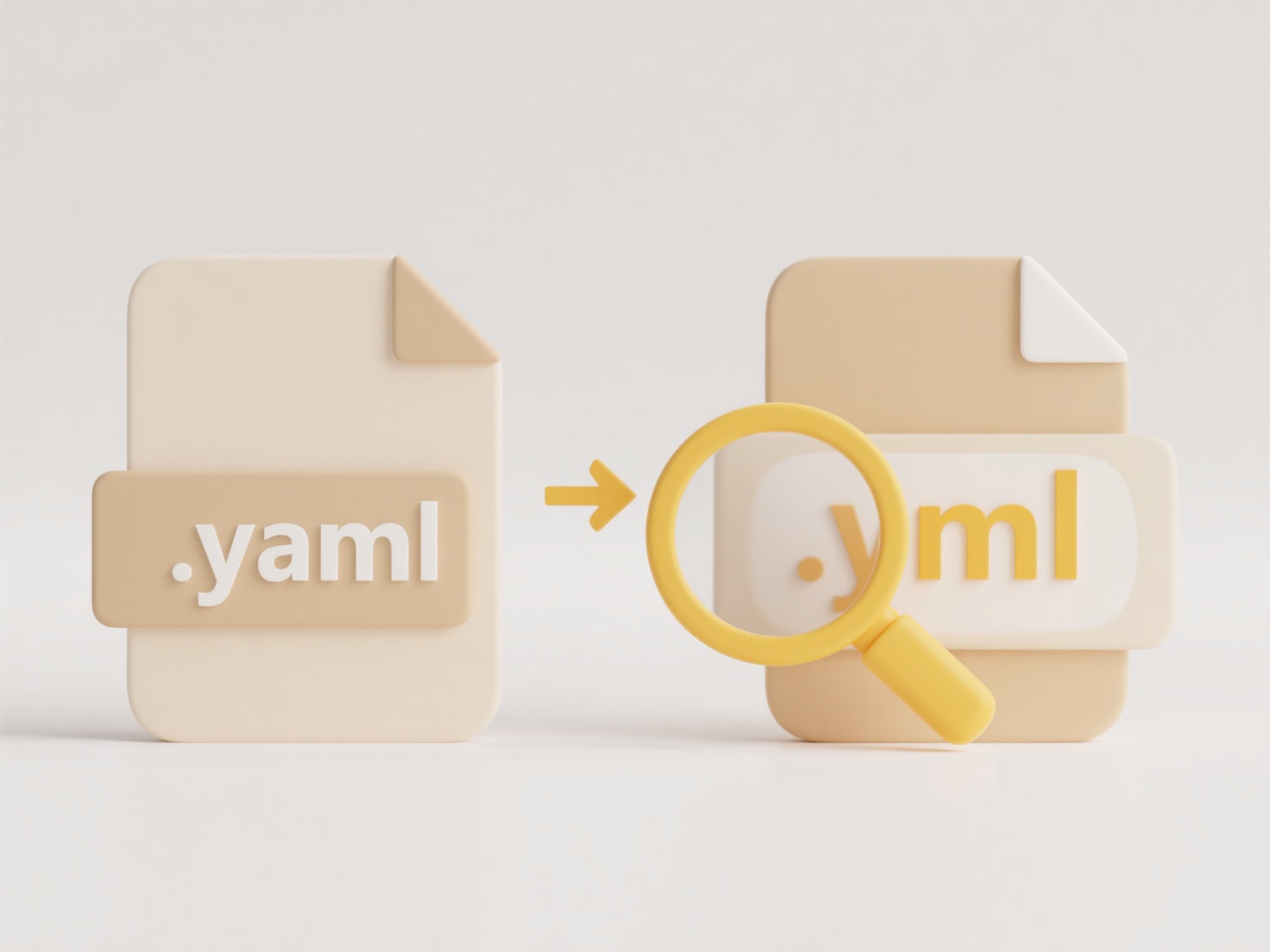
Human-readable filenames prioritize clarity for people, using descriptive words (e.g., Quarterly_Report_April_2024.docx). Machine-readable filenames prioritize structure for automation, often using patterns like codes, timestamps, or hashes (e.g., rep_20240401_d7a8f2.pdf). The ideal approach often combines both: a core human-readable description combined with predictable, standardized machine-friendly elements.
Commonly, content management systems (CMS) and digital asset management (DAM) use human-readable names for user searchability (e.g., product_blue_photo.jpg). Conversely, software builds, scientific data pipelines, or log files frequently use machine-readable conventions (e.g., build_12345_log_20240515T143000Z.json or experiment_001_dataset.csv) to enable automated sorting, processing, and version control.

Human-readable names enhance user understanding and collaboration but risk inconsistencies and length. Machine-readable names enable powerful automation but are cryptic and hinder manual identification. A hybrid strategy, like ProjectAlpha_Design_v2_20240515_final.ai, offers the best balance, supporting both human cognition and machine processing. Ethical considerations involve ensuring names aren't exclusionary and considering long-term accessibility beyond the immediate team or system.
Should filenames be human-readable or machine-readable?
Human-readable filenames prioritize clarity for people, using descriptive words (e.g., Quarterly_Report_April_2024.docx). Machine-readable filenames prioritize structure for automation, often using patterns like codes, timestamps, or hashes (e.g., rep_20240401_d7a8f2.pdf). The ideal approach often combines both: a core human-readable description combined with predictable, standardized machine-friendly elements.
Commonly, content management systems (CMS) and digital asset management (DAM) use human-readable names for user searchability (e.g., product_blue_photo.jpg). Conversely, software builds, scientific data pipelines, or log files frequently use machine-readable conventions (e.g., build_12345_log_20240515T143000Z.json or experiment_001_dataset.csv) to enable automated sorting, processing, and version control.

Human-readable names enhance user understanding and collaboration but risk inconsistencies and length. Machine-readable names enable powerful automation but are cryptic and hinder manual identification. A hybrid strategy, like ProjectAlpha_Design_v2_20240515_final.ai, offers the best balance, supporting both human cognition and machine processing. Ethical considerations involve ensuring names aren't exclusionary and considering long-term accessibility beyond the immediate team or system.
Quick Article Links
How do I rename files without file extensions changing?
Renaming files without altering extensions means changing the part of a filename that comes before the final dot (the 'b...
How can I standardize file extensions across a company?
Standardizing file extensions means establishing and enforcing consistent naming conventions for file types across an or...
How do I open a .zip file?
A .zip file is a compressed archive format used to bundle multiple files or folders into a single container. It works by...